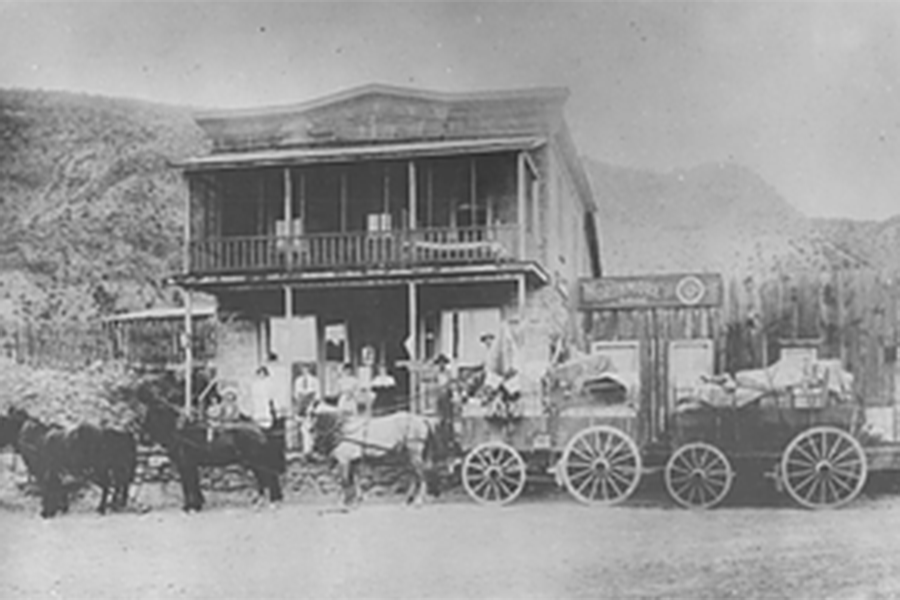LEARN MORE ABOUT THE WEST END
Many towns. One community.
Not to be confused with the Western Slope…the West End is located on the west end (go figure!) of Montrose and San Miguel Counties in Colorado. The region is comprised of Nucla, Naturita, Bedrock, Redvale, Paradox, and Norwood. Hence our slogan, “Many Towns. One Community.”
The West End’s mining, tribal and agricultural heritage are the bedrock of this tightly knit community that prides itself on a slow-paced, quiet life and a deep appreciation for nature. The remote, rugged area showcases the diversity of Colorado’s landscape with vast wilderness encompassing dramatic red rock canyons, high desert mesas, wide-open pastureland, and the confluence of two river systems. It is an undiscovered treasure trove of outdoor adventure with every activity under the sun including epic mountain biking, hiking, off-roading, rafting/SUP, big-game hunting and even skiing and snowmobiling. With few trail signs and endless opportunities for adventure, it will bring out the explorer in all of us!
A HISTORY OF THE WEST END
The 70 mile long Uravan mineral belt is an arcuate zone of uranium-vanadium deposits in San Miguel, Montrose, and Mesa counties, Colorado, and Grand County, Utah. It was the area most productive of uranium in the United States in the early 20th century. The mineral belt includes the Slick Rock, Gypsum Valley, Uravan, and Gateway mining districts.
Uranium mining in southwest Colorado goes back to 1898, when a miner dug ten tons of yellow ore that tested high in uranium and vanadium out of a deposit at Roc Creek in Montrose County, Colorado, and shipped it to France, where M. M. C. Friedel and E. Cumenge identified the new mineral that they named carnotite. The mineral was mined for its vanadium, with uranium as a byproduct.
Although radium had been discovered in 1898, it had been derived from pitchblende, and the radium content of carnotite was not known. Carnotite was suspected to contain radium as early as 1903, on the basis of the anomalously high radioactivity of carnotite ores. But it was not until 1911 that the radium content of carnotite was confirmed by the Marie Curie laboratory in Paris. Although no more than a trace of radium was present in the ore, newly discovered medical applications had made radium worth $100 per milligram, making the radium in the carnotite ore worth much more than the vanadium or uranium.
Once carnotite was known to contain radium, prospectors rushed to the Colorado Plateau of southwest Colorado and adjacent southeast Utah, and found carnotite-bearing sandstones of the Jurassic Morrison Formation in Mesa, Montrose, and San Miguel counties in Colorado. The carnotite was at first shipped to Europe for processing, but by 1913, the Standard Chemical Company had built a radium processing plant in Montrose County that had become the world’s largest supplier of radium.
The Uravan mineral belt of Colorado and Utah supplied about half the world’s radium from 1910 to 1922, and vanadium and uranium were byproducts. The mines were forced out of business in 1923, when rich pitchblende deposits in the Belgian Congo forced down the price of radium. Mining revived in 1935 when the price of vanadium rose, and boomed after World War II when the government stockpiled uranium for nuclear weapons programs.
The Uravan mineral belt contains what was the last producing uranium mine in the state, the Topaz Mine, part of the Sunday Complex near Uravan, Colorado, which was closed down on March 18, 2009 by then owner Denison Mines due to depressed uranium prices.



